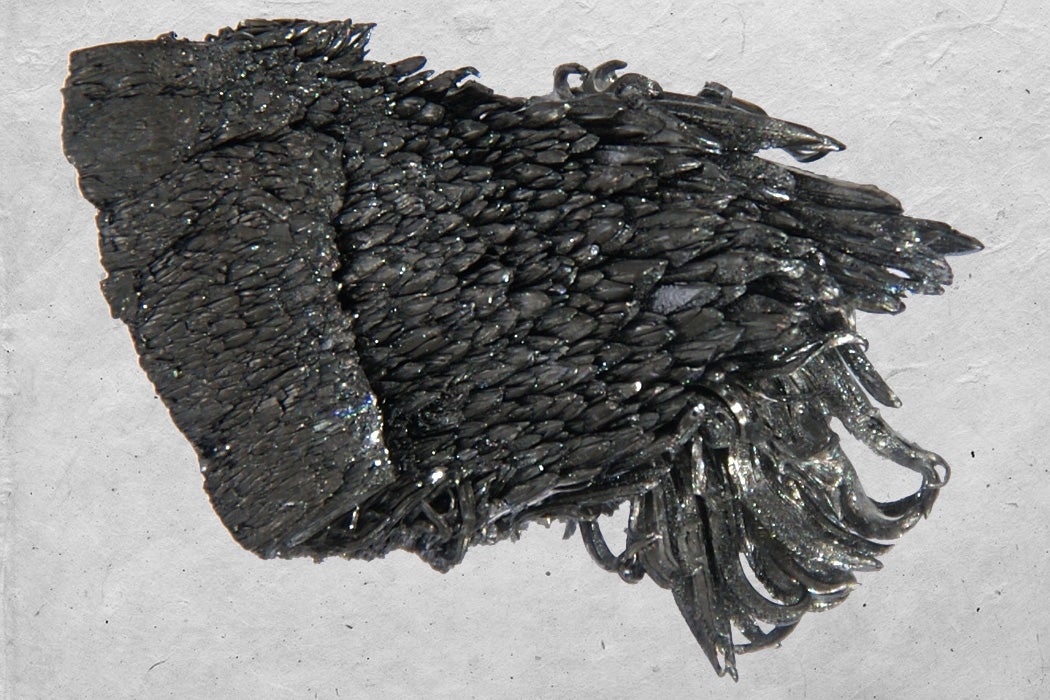Renewable power technologies such as wind and solar are becoming economically competitive with fossil fuels. As ecological need and economic reality converge, renewables are going to make up an increasingly large percentage of the world’s power supply. It’s a necessary technological transition. But at the same time, renewables have a downside that needs to be addressed: rare earth elements.
According to environmental attorney Christopher “Smitty” Smith, rare earth elements are used in virtually all electronics. This includes solar panels, which require rare earth metals such as yttrium or europium, and wind power, which uses vast quantities of neodymium in the magnets that help convert wind energy to electricity.
Rare earth elements are actually fairly abundant in the Earth’s crust. But these metals are typically found in extremely low concentrations. That means a lot of destructive mining for minimal effect. Rare earth mining produces large quantities of contaminated mine waste, creating a disposal problem.
Additionally, many of the most productive rare earth mines are in countries with weak environmental regulations. Political instability and national security concerns provide further risks to long-term supply. Accordingly, Smith writes, recycling these elements is big business, employing thousands of mostly unskilled workers worldwide. Formal, supervised recycling processes are needed to safely dismantle and recycle the materials, in contrast to the informal recycling systems that are currently in place. These informal systems are cheaper but may expose workers to health risks. Even so, the formal and informal economies often work in tandem. Smith suggests charging a fee upfront so electronics producers and consumers have to pay for the costs to properly recycle these products. The most efficient solution would be to reuse electronics when possible. One positive trend is that reuse is becoming more and more common. Smith suggests a global collection system to maximize reuse and keep electronic waste away from smugglers and illegal disposal.
Weekly Digest
Another idea suggested by scholars Robert U. Ayres and Laura Talens Peiró is maximizing “material efficiency” for rare earths and other crucial materials. Currently, when high grade ore is mined, lower quality ores or unwanted side materials, the mining equivalent of fisheries’ bycatch, are excavated but not used. In addition to recycling, finding uses for these mining byproducts could potentially reduce waste in the electronic and renewable energy sector. One drawback is that some of these lower-grade materials are energy intensive to collect, given the low yield.
In the short term, the risks of mining rare earth elements do not outweigh the benefits of renewable power, but improvements are needed. And when it comes to each individual’s impact, forgoing that latest smart phone upgrade may just be the best thing you can do.







